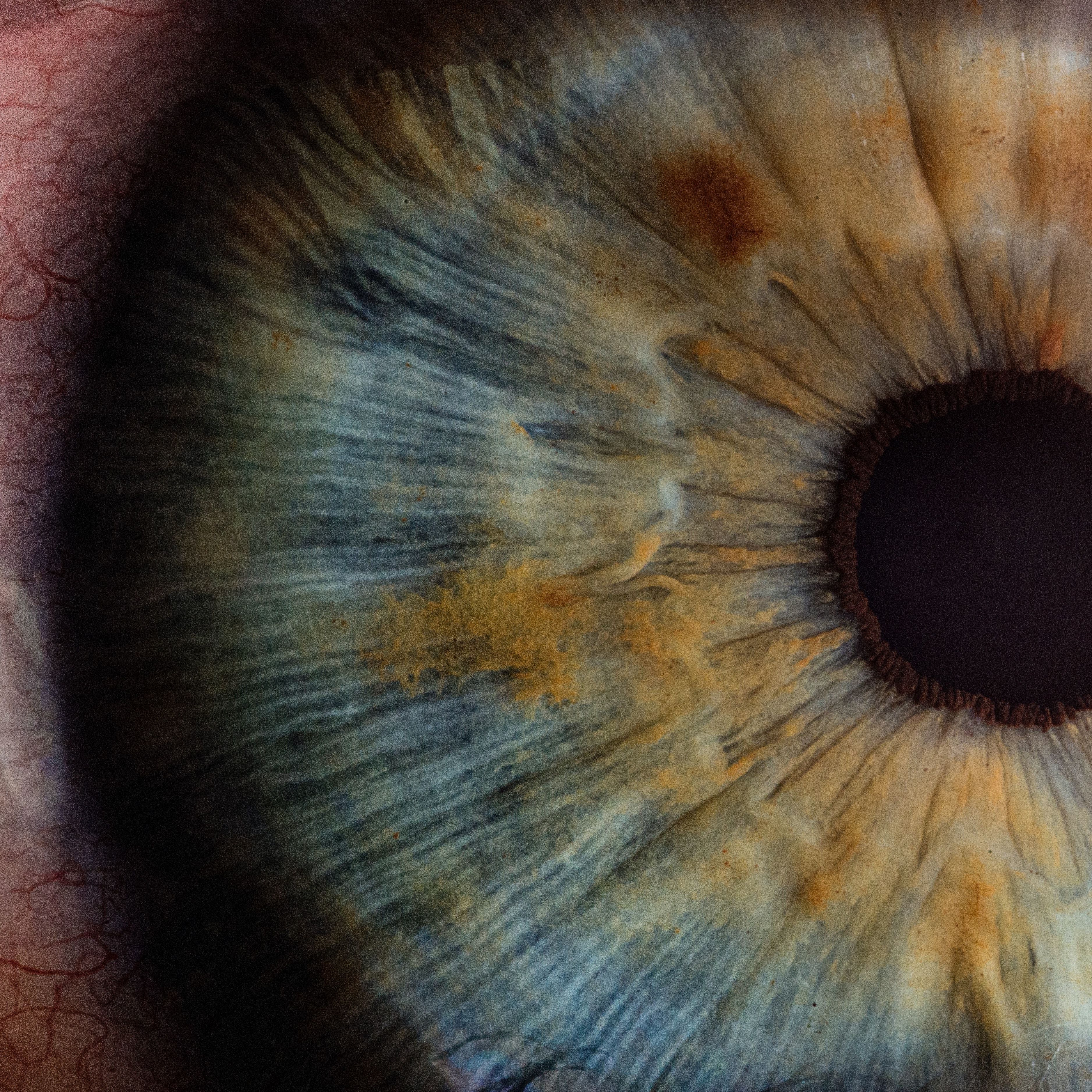Article
Topical Bromfenac Noninferior to Nepafenac after Laser Peripheral Iridotomy
Author(s):
The need for repeat laser peripheral iridotomy was comparable in the study, at 10.0% in the nepafenac group compared to 15.4% in the bromfenac group.
Topical Bromfenac Noninferior to Nepafenac after Laser Peripheral Iridotomy

New findings indicate topical 0.09% bromfenac is noninferior to 0.1% nepafenac in controlling inflammation after laser peripheral iridotomy in eyes with primary-angle closure suspect and primary angle closure.
“Nepafenac may be associated with higher patient-reported comfort,” wrote study investigators led by Kavitha Srinivasan, MD, Department of Glaucoma, Aravind Eye Hospital.
The team set out to assess the safety and efficacy of 0.1% nepafenac versus 0.09% bromfenac eye drops in controlling inflammation after neodymium yttrium–aluminum–garnet (YAG) laser peripheral iridotomy. The single-masked, single-center, randomized controlled trial included 160 eyes of patients in primary angle-closure suspect and primary-angle closure undergoing bilateral laser peripheral iridotomy.
The patients were randomized by a 1:1 ratio to receive 0.1% nepafenac three times daily or 0.09% bromfenac eye drops twice daily for 2 weeks after neodymium YAG laser peripheral iridotomy. Masked investigators performed assessment at 2 weeks after laser peripheral iridotomy.
At both baseline and 2 weeks following laser peripheral iridotomy, a Glaucoma Symptom Scale (GSS) questionnaire was administered by investigators. The subjective comfort scores to the study medications were assessed on the basis of a Likert scale at 2 weeks after laser peripheral iridotomy.
Then, in patients with bilateral primary angle-closure suspect and primary-angle closure, the right eye was analyzed and in asymmetrical disease, the eye with primary-angle closure was analyzed in the study.
Primary outcomes for the study included uncontrolled inflammation, defined as symptomatic inflammation within 1 week after laser peripheral iridotomy, the presence of anterior chamber cells at 2 weeks, or rebound inflammation after medication discontinuation. Additional secondary outcomes were patient-reported comfort levels with study medications based on the GSS and Likert scale.
At the 2-week mark after laser peripheral iridotomy, the findings show 7 patients (6 with primary-angle closure suspect and 1 with primary-angle closure) in the nepafenac group and 2 patients with primary-angle closure suspect in the bromfenac group achieved the primary end point. Investigators reported no difference between the medication groups (P = 0.09).
The post-laser peripheral iridotomy burning, smarting, and stinging were more common in the bromfenac group (P = .01) and additionally included a higher comfort score on the Likert scale (P = .004).
Moreover, the need for repeat laser peripheral iridotomy was comparable (10.0% in the nepafenac group vs. 15.4% in the bromfenac group; P = .22). A multivariate analysis then revealed that a greater number of laser shots was associated with the need for repeat laser peripheral iridotomy (odds ratio [OR], 1.05; 95% confidence interval [CI], 1.00 - 1.10; P = .04).
The study, “Topical 0.1% Nepafenac versus 0.09% Bromfenac Eye Drops for Inflammation after Laser Peripheral Iridotomy: A Randomized Controlled Trial,” was published in Ophthalmology Glaucoma.





